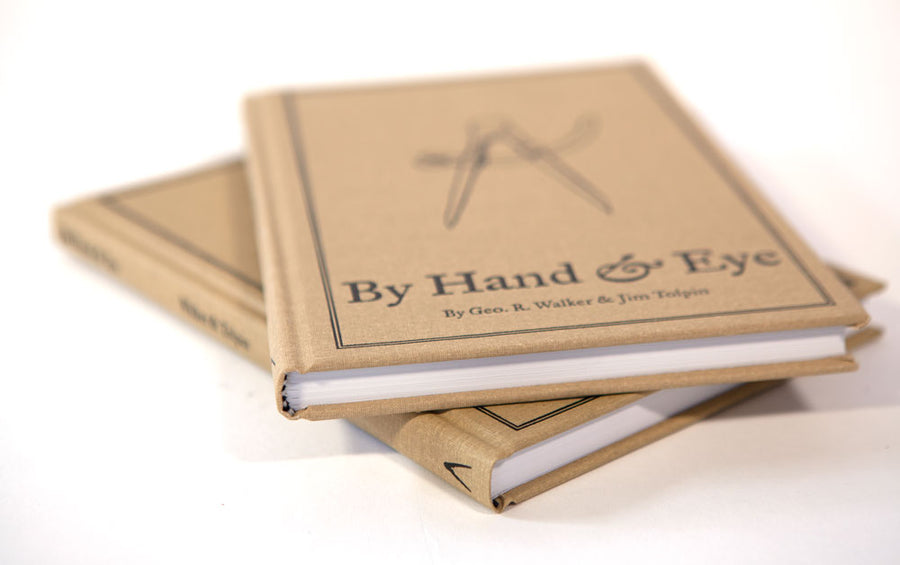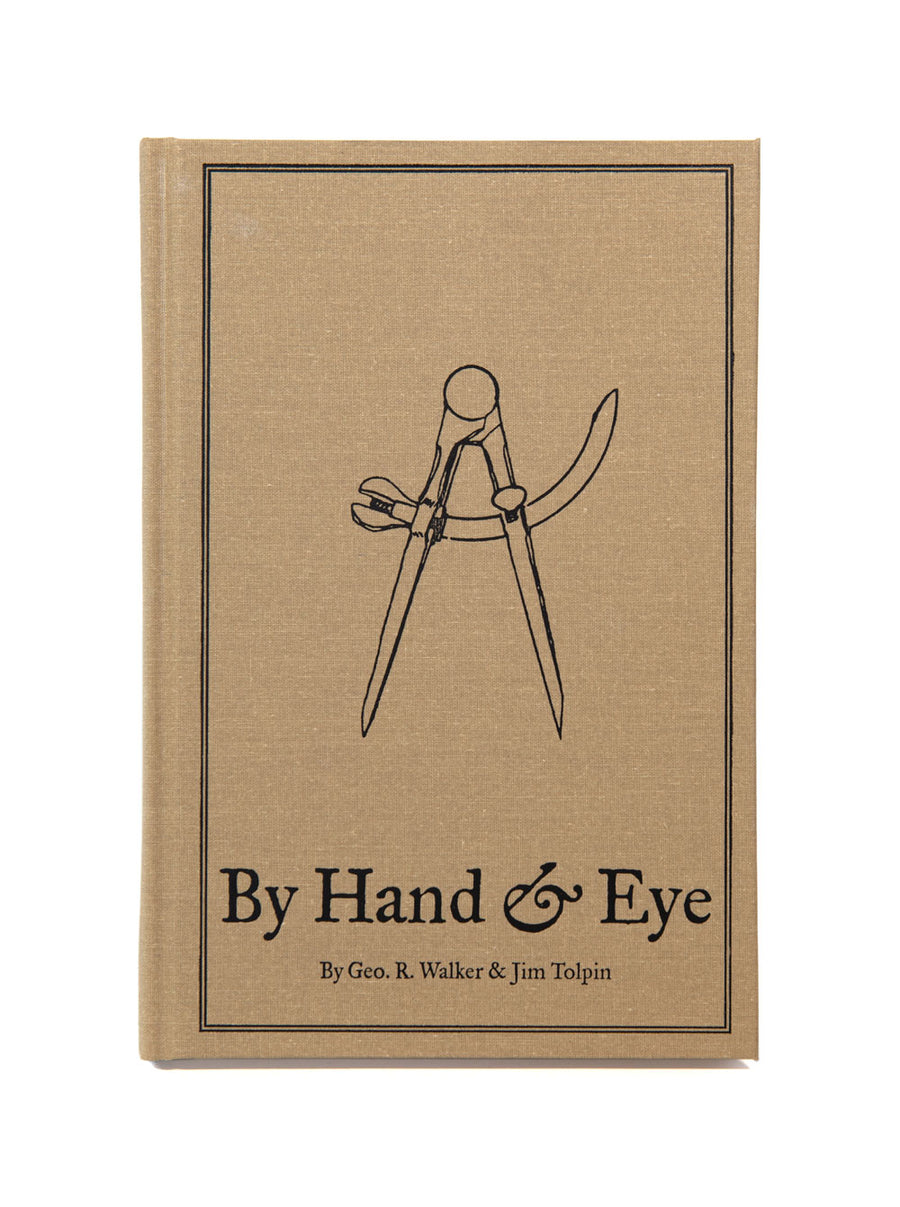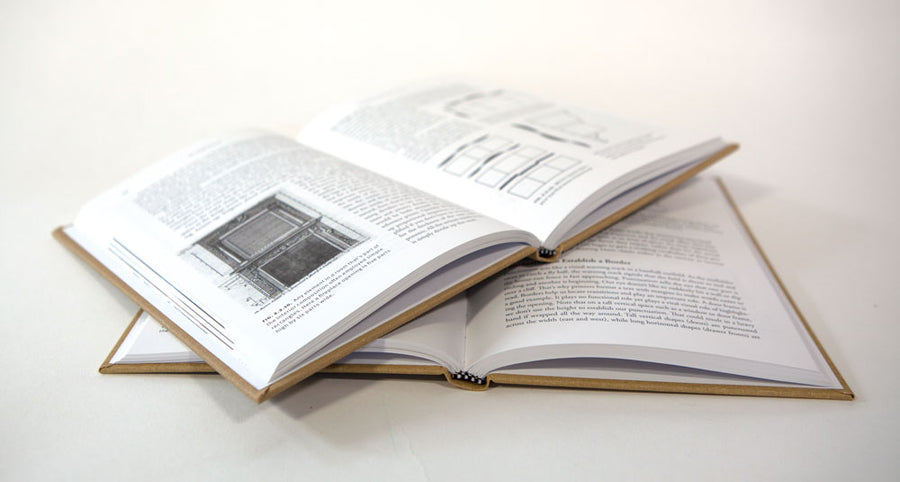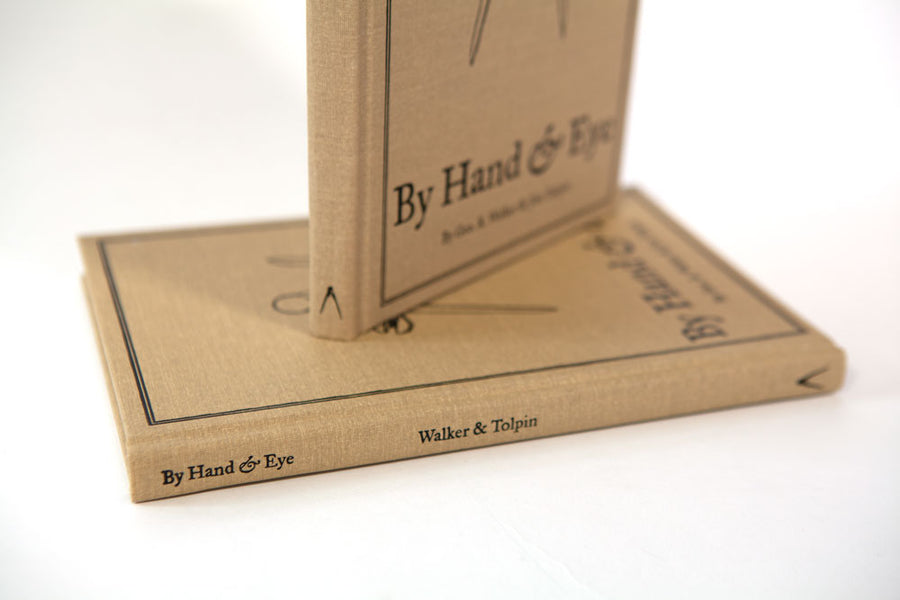By Hand & Eye
By Hand & Eye
Couldn't load pickup availability
Share
SKU: LAP-ByHandAndEye-HB
Lost Art Press
By George R. Walker & Jim Tolpin
Download an excerpt from this book here.
“By Hand & Eye” is a deep dive into the world of history, architecture and design. And the authors have emerged with armloads of pearls for readers.
Instead of serving up a list of formulas with magical names (i.e. the Golden Section, the Rule of Thirds) that will transform the mundane into perfection, George R. Walker and Jim Tolpin show how much of the world is governed by simple proportions, noting how ratios such as 1:2; 3:5 and 4:5 were ubiquitous in the designs of pre-industrial artisans. And the tool that helps us explore this world, then as now, are dividers.
The key to good design is to master these basic “notes” – much like learning to sing “do, re, mi.” How to do this is the subject of the first three-quarters of the book. It offers exercises, examples and encouragement in opening your inner eye, propping it up with toothpicks and learning the simple geometry that will help you improve your design.
The last quarter of “By Hand & Eye” takes these principles and puts them into practice by designing nine projects that are decidedly contemporary – proof positive that design isn’t reserved for highboys and 18th-century Philadelphia side chairs. The projects show all of the book’s design principles in full flower, yet the projects are small enough and simple enough (for the most part) that you can use them as a way to explore the book’s concepts without risking a lot of wood or time in the process.
“By Hand & Eye” is not, however, a recipe book for better design. The principles of good design are learned through exercise and repetition, and the authors offer the critical exercises in every chapter. Reading about good design is not enough to be able to master it. You have to practice it until it becomes second nature, and your hand and your eye work together as one.
“By Hand & Eye” is 200 pages long with full-color illustrations printed on heavy #80-pound matte coated paper. The book is casebound and sewn so it lasts a long time. The hardback boards are covered in cotton cloth with a black matte stamp. Like all Lost Art Press books, “By Hand & Eye” is produced and printed entirely in the United States.
This book is also available in pdf format as a DRM-free file.
NOTE: If you are looking for the animations discussed in the book, you can find them here.
About the Authors
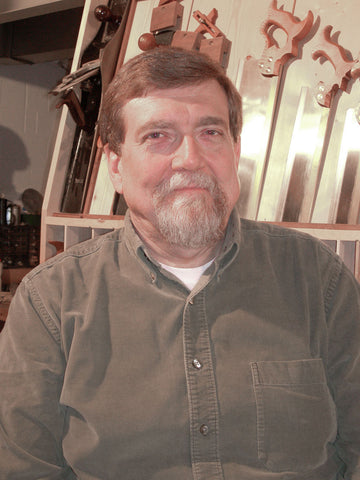
George Walker
The first magazine article George Walker ever published appeared in Astronomy Magazine. At the time, he was working a lot of hours as the midnight shift supervisor at The Timken Company, a Canton, Ohio, factory that engineers and manufactures bearings and mechanical power transmission components.
“There was a hole in the middle of this building where they had a transformer that was open to the sky,” George says. “And I’d go out there at two in the morning, and I’d look up through these wires and cables and superstructure and watch Orion pass across the night sky. And I wrote this article about observing the stars amongst the smokestacks.”
No matter how ordinary the circumstances, George is regularly struck by the majesty and wonder of life, the way millions of colorful warblers gather at “a little spit of cottonwoods right on the edge of the lake” (Magee Marsh), as they have for millions of years, to rest and eat before their migration across Lake Erie. Or the way a medieval drawing found in an old monastery can inform his work through the understanding of geometry, even though he can’t read the text, as it’s written in Renaissance Italian or Spanish. Or the way he can now build a beautiful piece of furniture, without plans or a tape measure, using instead a stick, a piece of string and dividers.
Read more about George in our full profile.

Jim Tolpin
In early March 2017, Jim Tolpin woke up in the middle of the night with a revelation: He finally understood where trigonometry comes from. “I was actually just working on that when you called,” he says. “And I actually think I just figured it out.”
He approached it the way an artisan would, hands-on, intuitive. “It hurts my head to keep doing this,” he says. “Why am I doing this? Why am I waking up in the middle of the night thinking about math? I literally got up early and just started taking notes, looking up Latin and root words.”
Jim is, above all else, a teacher. But he’s the best kind of teacher. The kind who never believes he knows it all, the kind who never stops learning. In some ways, he can’t help it. It’s in his blood.





